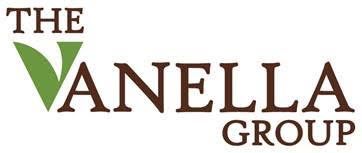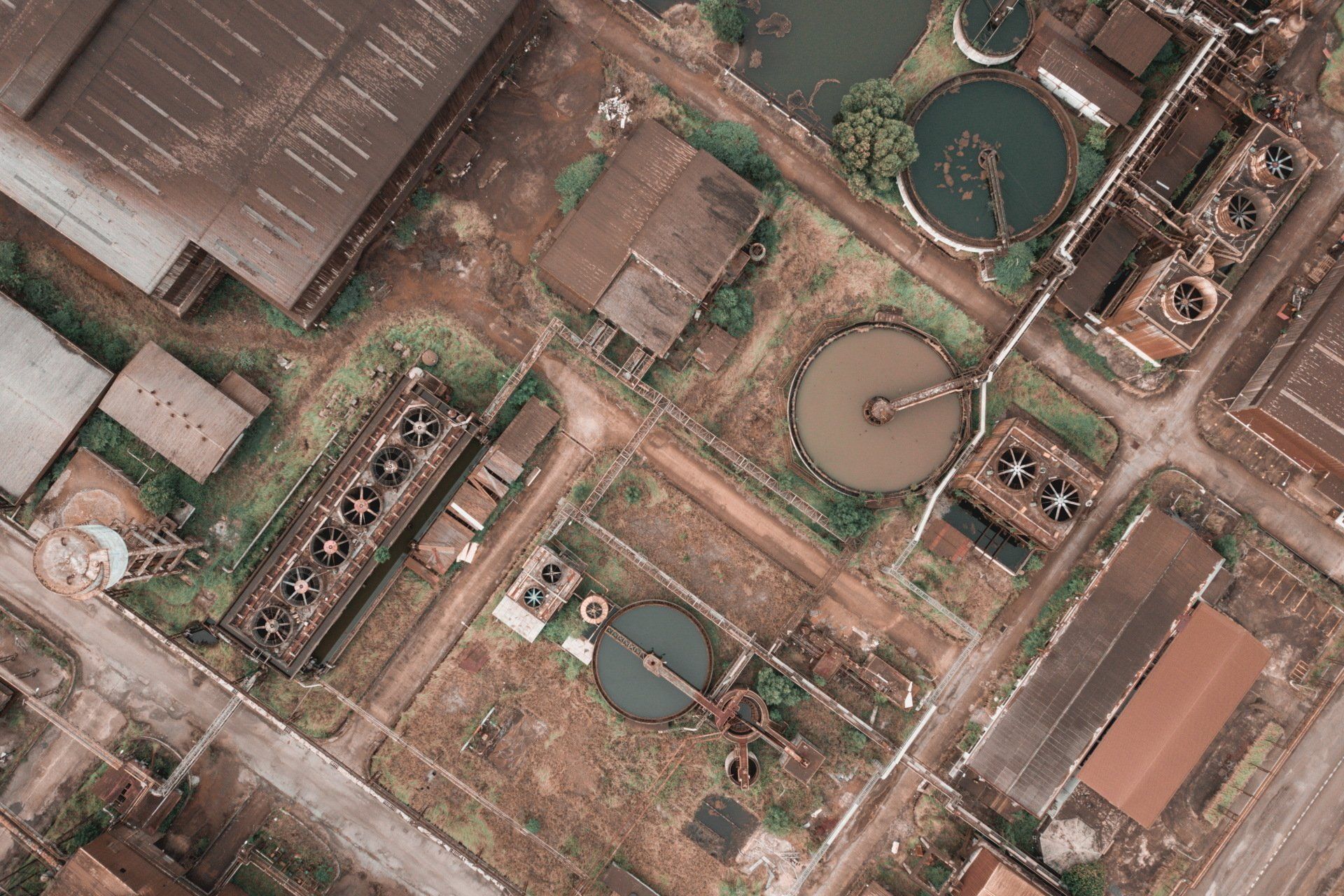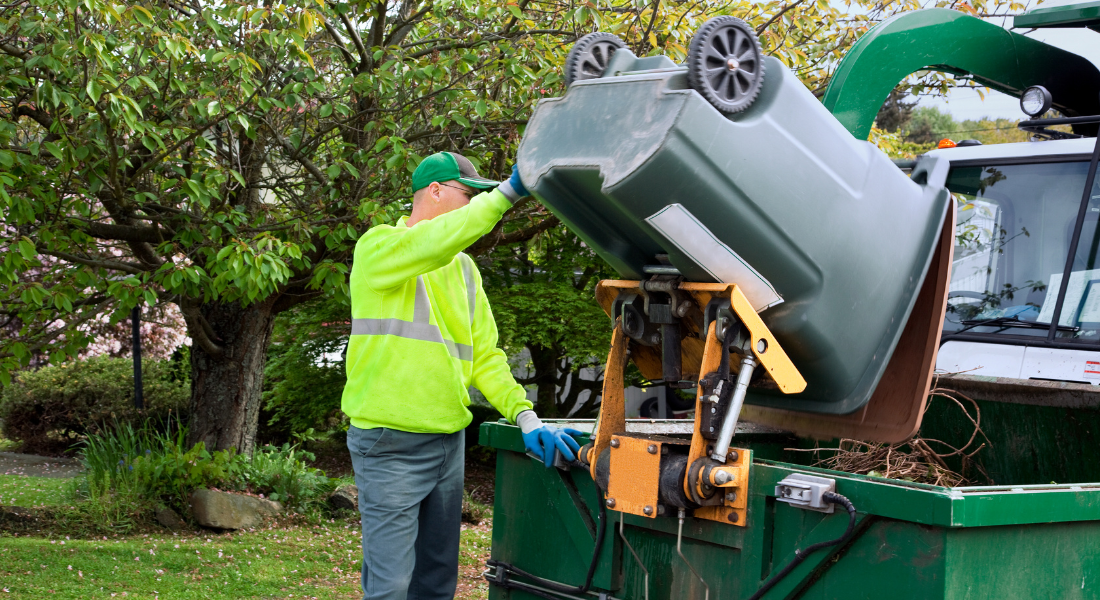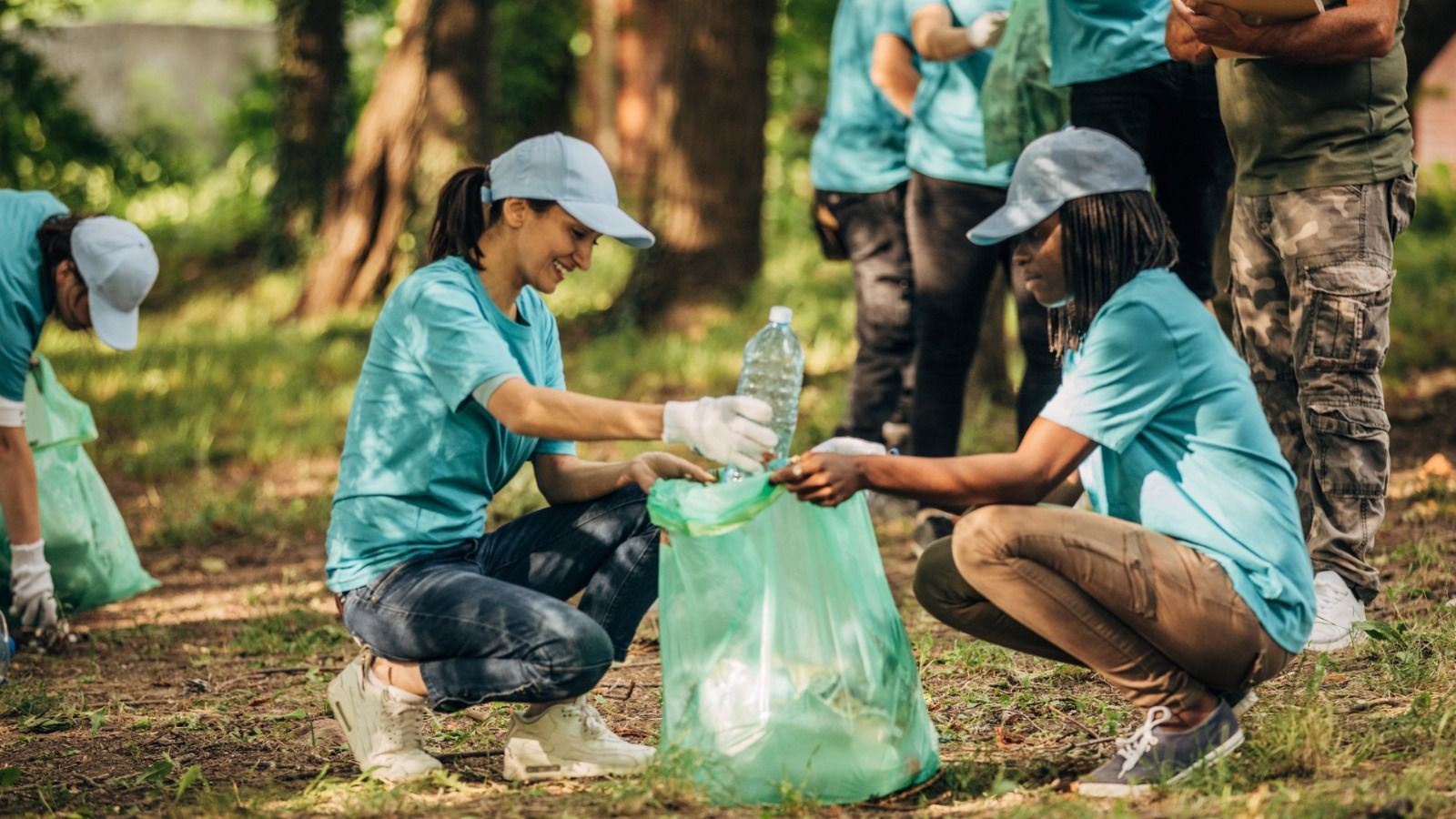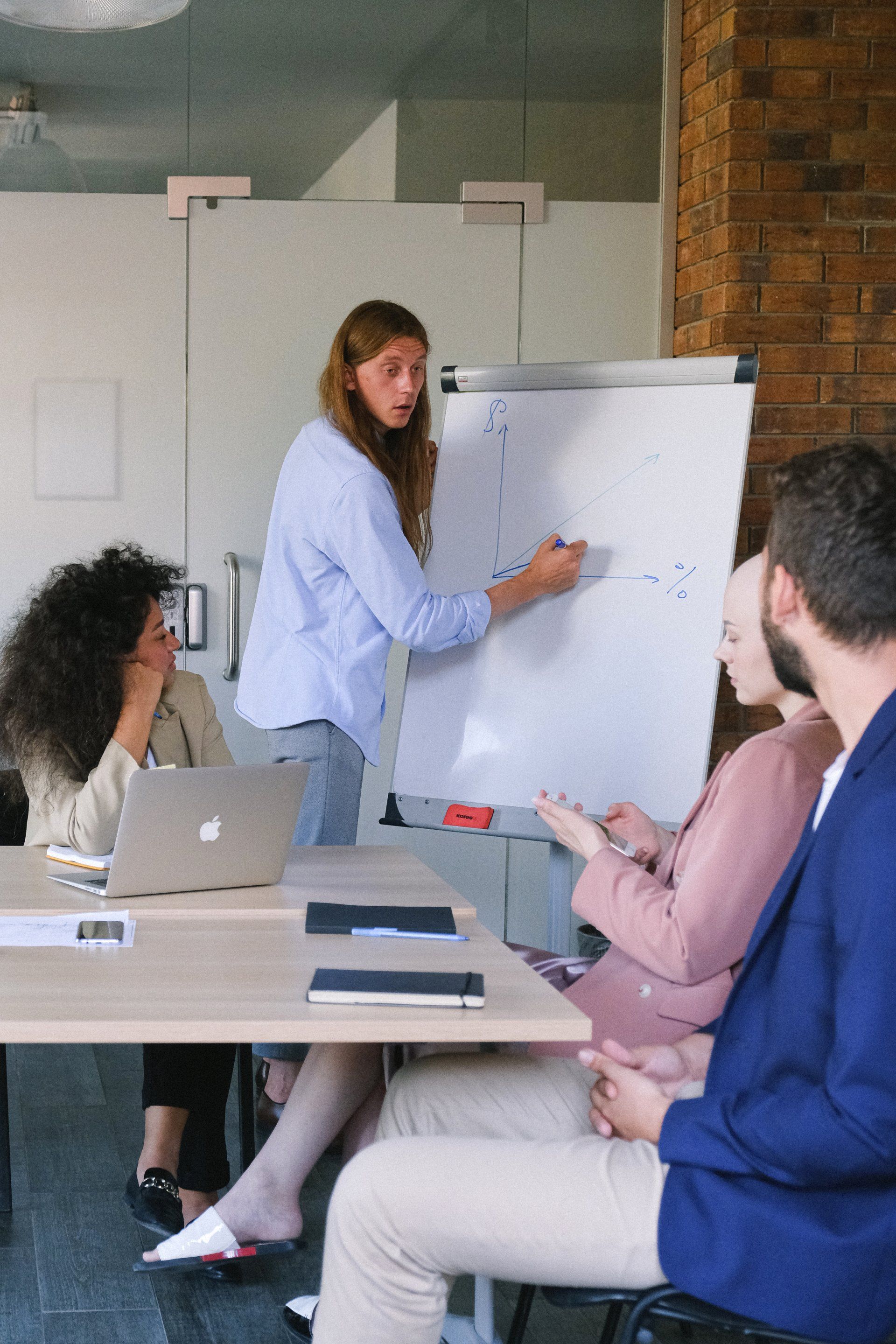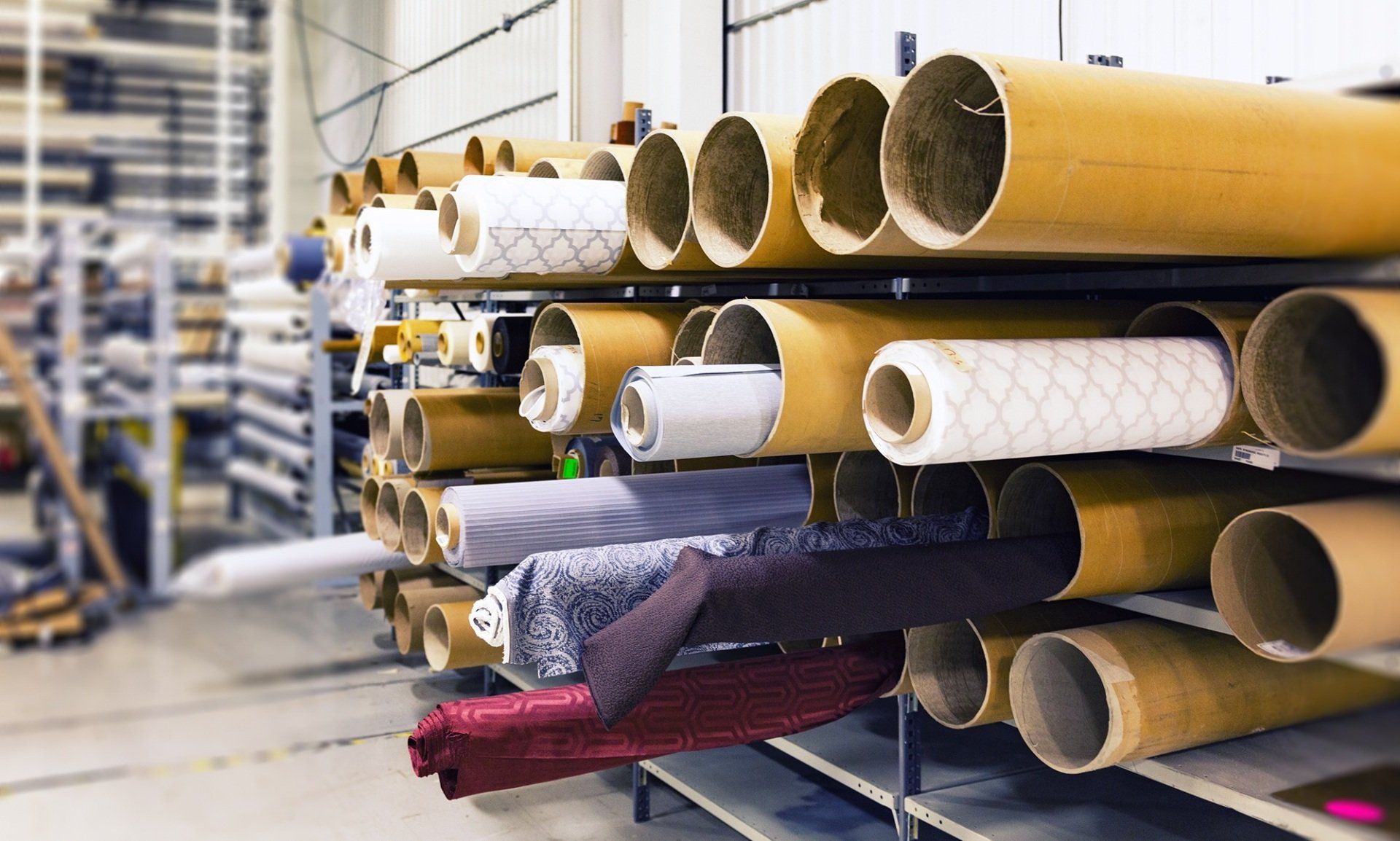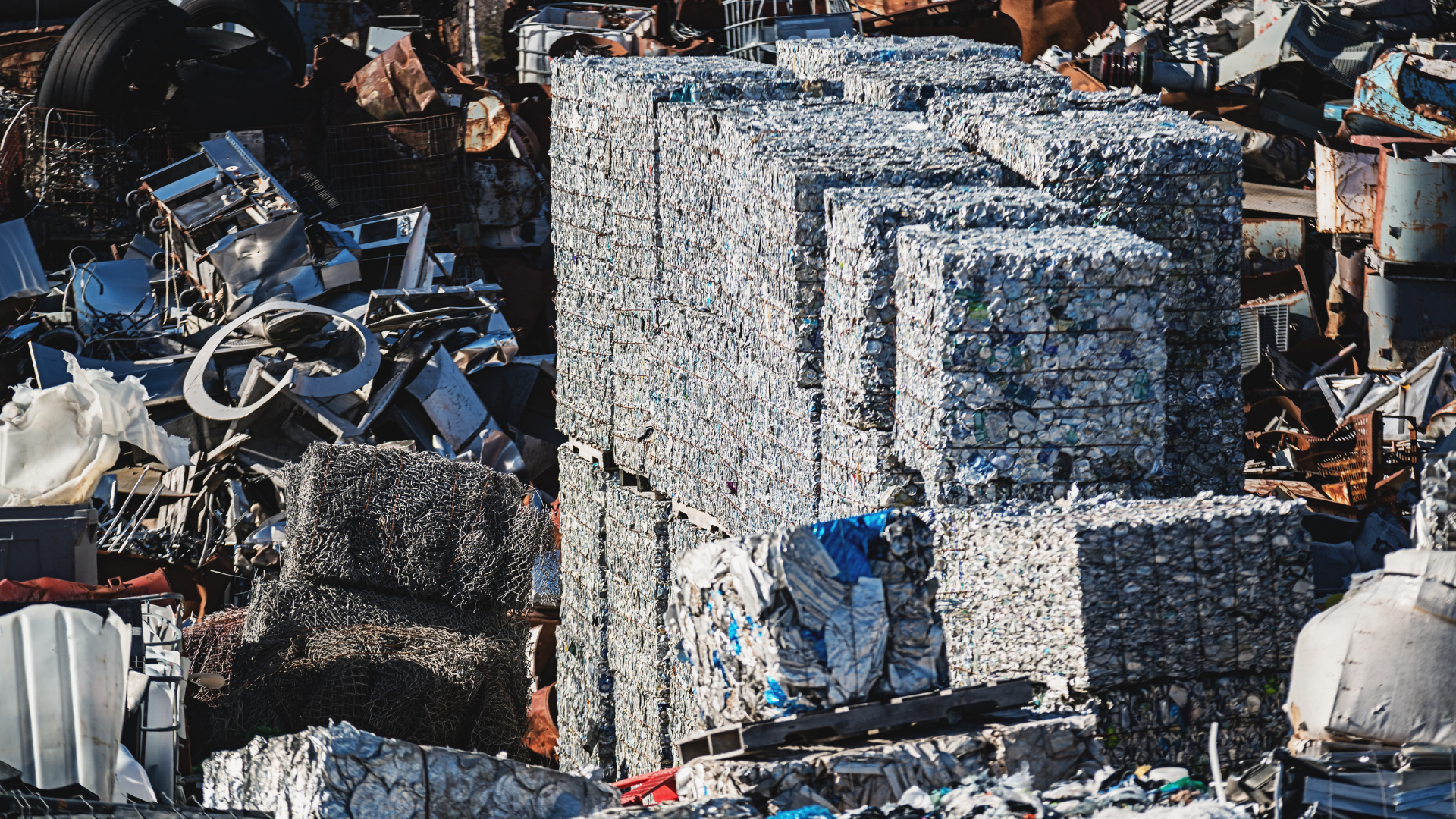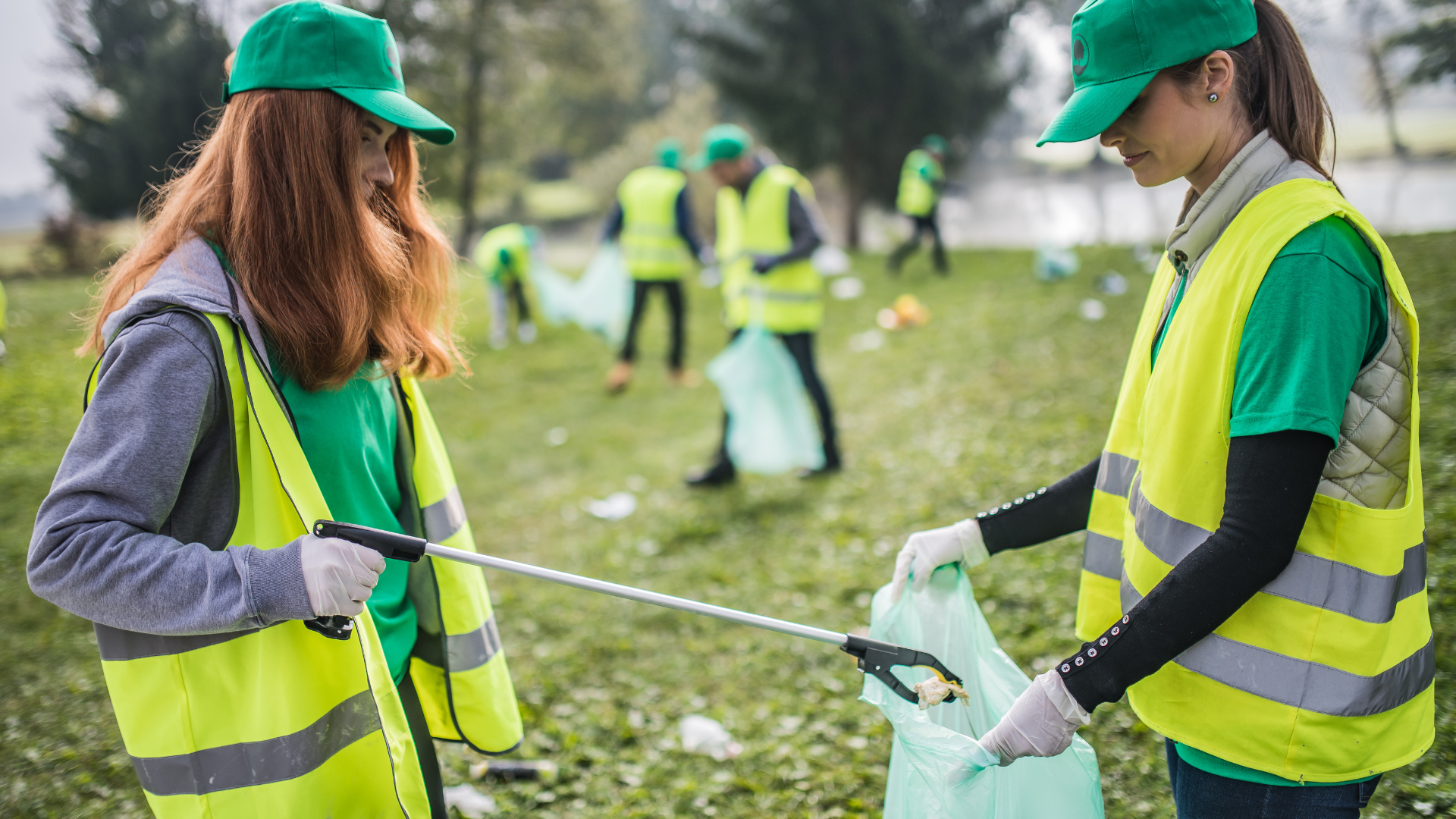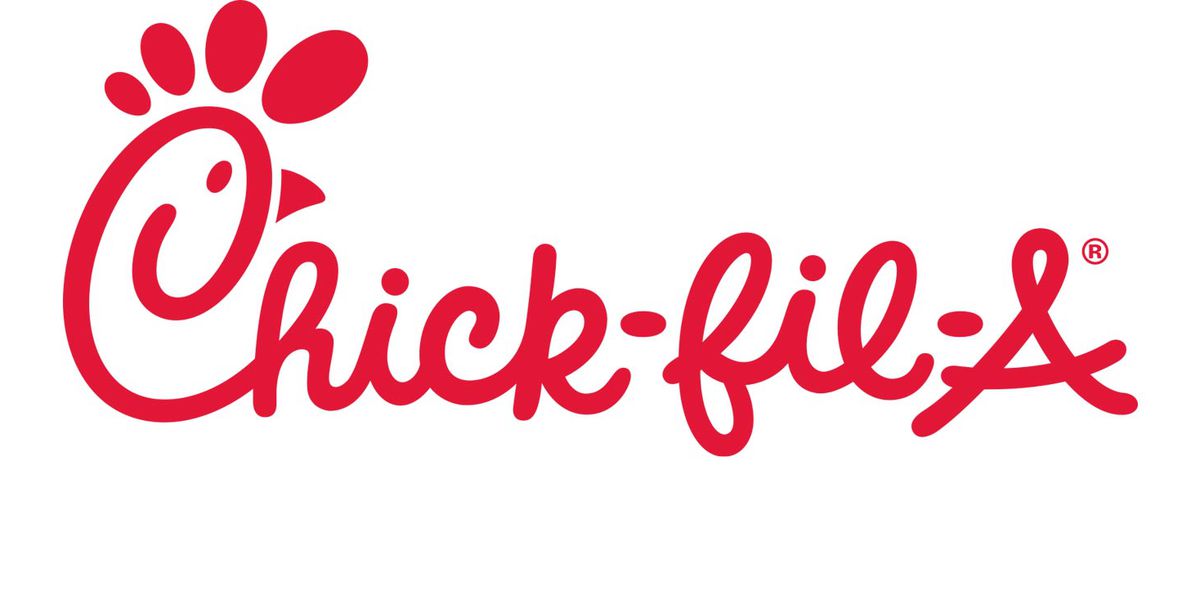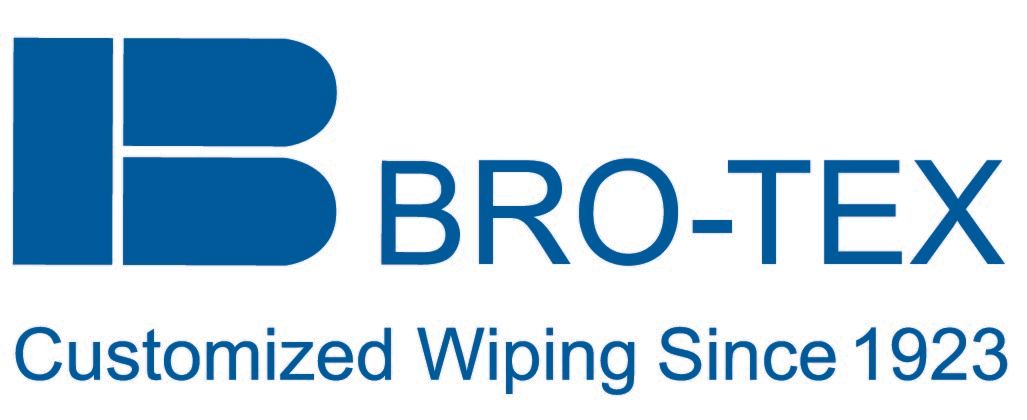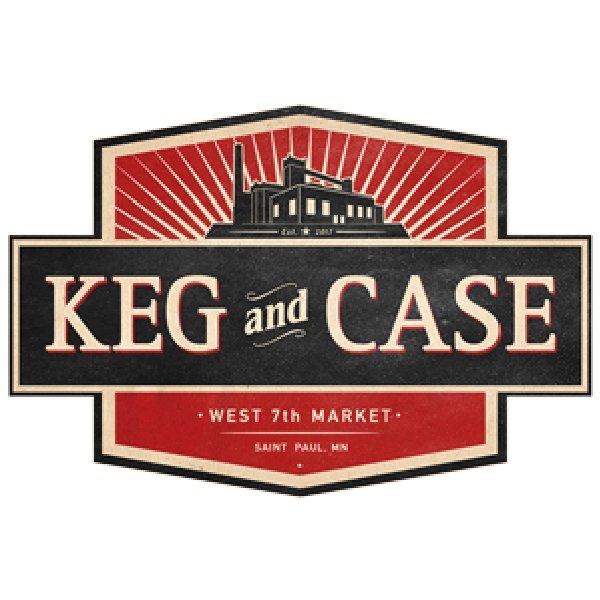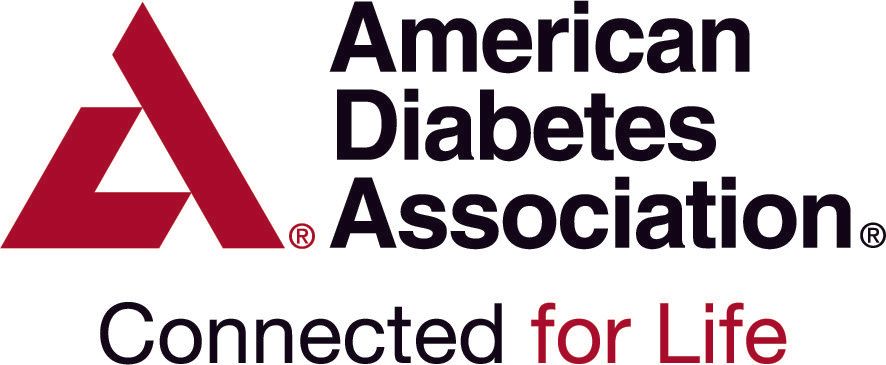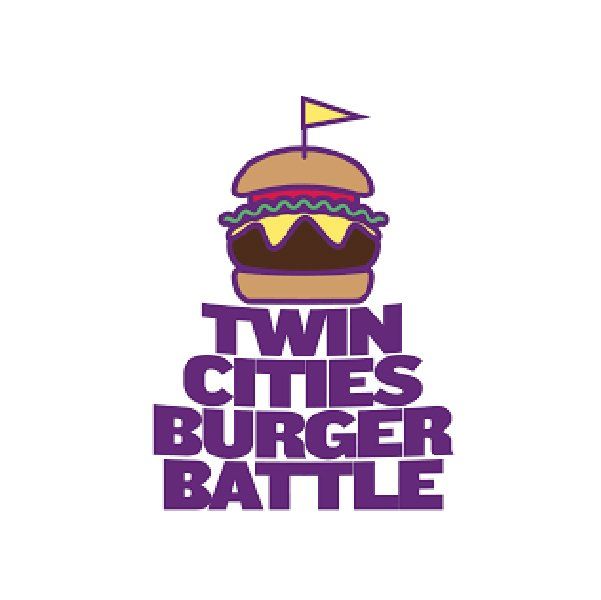Twin Cities Are Facing A Pinch Point Over Landfilling
FIND OUT HOW YOU CAN SAVE OVER 30% ON YOUR WASTE COST
WHILE IMPROVING THE SERVICE LEVEL
We Will Provide A Free Waste Savings Audit.
Despite years of the government's efforts to steer the region away from burying waste, an increasing share of the Twin Cities' waste is piling up in landfills. Now, local landfills want permission to increase their capacity for the first time in nearly two decades, and government officials have only a few alternatives.
What Does Landfill Mean?
A landfill is a waste disposal system in which waste is buried between the layers of Earth. A landfill also called a dumping ground, is a site for the disposal of waste materials.
Landfilling Report of Twin Cities
- The Minnesota Pollution Control Agency (MPCA) received four requests to allow more landfilling in the metropolitan area. The agency solicited these requests last summer, as the remaining waste burners in the region are all operating at capacity.
- The most visible change would likely be a proposal to pile waste 260 feet higher at the Waste Management's landfill in Burnsville, beside the Minnesota River. Bloomington officials opposed the plan by circulating unglamorous images of the mound and relating its size to nearby ski slopes.
- Former MPCA Commissioner John Linc Stine said, “It is a little bit of wake-up call that landfilling is not going away. Landfilling actually needs to expand.” In recent years, MPCA has taken an aggressive stance against landfills. MPCA penalized landfills for accepting waste that could have been incinerated, relying on a three-decade-old law that was never enforced.
Landfilling Is On The Rise
Almost a third of the waste in the metropolitan area was landfilled in 2019. According to the latest available data, there is a sharp increase due to the closure of a waste burner in Elk River. It is a far cry from the state's goal of only dumping 2% of waste in landfills by last year, recycling and incinerating everything else. A constant increase in composting has helped increase the region's total recycling rate to 47%.
MPCA is trying to reach a goal of recycling 75% of the metropolitan area's waste by 2030. Incineration and landfilling are the state's least preferred waste disposal methods, and both have environmental costs. However, the state prioritizes incineration because it:
- Generates energy
- Removes recyclables
- Avoids many lasting problems of landfills
Increase In Recycling Rate
In 2019, nearly 47% waste of the metropolitan area was recycled partially due to the rapid growth of composting. Waste Management argued in its application that there are technological and economic barriers to exceeding a 50% recycling rate partly due to the state regulations on composting facilities. The trends indicate an increase rather than a decrease in demand for landfills.
Why Are Waste Firms Out Of Capacity?
- Two main landfills of the metropolitan area, in Burnsville and Inver Grove Heights, are owned by the country's two largest waste firms, Texas-based Waste Management and Arizona-based Republic Services. They submitted expansion letters to the MPCA in February 2021. Two construction-demolition landfills in Shakopee and Inver Grove Heights have also requested permission to accept municipal waste.
- In 2005, MPCA allowed an expansion of how much municipal waste goes to landfills in the metropolitan area. MPCA solicited the current proposals from all facilities to prevent one of them from rushing to gain more capacity. It is the first time there is a pinch point in the metropolitan area where the agency is saying that they are out of capacity. If they do not do this now, waste will continue to cross state lines.
- Nearly 12% of the metropolitan area's waste in landfills ended up in western Wisconsin and northern Iowa in 2019. Waste firms have warned in their applications that this will happen more without additional capacity. The Burnsville landfill is expected to reach its current limit by 2022. "The region is not decreasing its waste footprint fast enough", said Stine, Executive Director of the Environmental Non-profit Freshwater Society.
- The residents of Twin Cities produced an average of about a ton of waste in 2019, nearly the same amount as 20 years ago, according to MPCA data. Dan Kealey, a Burnsville City Council member, who supported the preliminary Waste Management plan with a unanimous vote of his colleagues, said that limiting capacity at the Burnsville landfill only forces the waste to go elsewhere.
Where Is The Waste Buried?
The main four landfills accept Municipal Solid Waste (MSW) from Twin Cities metropolitan area. The primary landfills are in:
- Two of them are in the seven-county region
- The other two are outside of the seven-county region
Two metropolitan area landfills that now accept demolition waste would like to receive municipal waste. Rep. Rick Hansen, chairman of the environmental committee in the Minnesota House, said it is time the legislature started discussing options, such as producer responsibility laws that make manufacturers liable for the disposal of their products like carpet. Solid waste has been a sleepy topic in Minnesota for many years. Hansen, DFL-South St. Paul said, "We had a great deal of activity 30 years ago that set us on the path we are on. And now we are running out of options."
Where someone's life has a great impact on whether their non-recyclable waste is buried or burned, based on MPCA data. Ramsey and Washington's counties have the least landfilling. Because they require haulers to bring waste to a facility in Newport where it is processed for recyclables and incinerated by Xcel Energy later. In Minneapolis, waste is incinerated at Hennepin County's downtown waste incinerator. In contrast, most of the waste goes to landfill in counties, such as:
- Scott
- Dakota
- Anoka
Except in Washington and Ramsey counties, the destination of a load of waste depends on factors, such as price and proximity. Stine said that there is no such thing as a leakproof landfill. The disposal methods have environmental risks like:
- Incineration causes the air pollution
- Landfilling generates greenhouse gases and oozes toxins
Conclusion
The MPCA will be reviewing the applications in the coming weeks and hopes to have a preliminary decision this spring. The last time MPCA expanded local landfills capacity it lasted longer than expected. The agency's goal of 2% landfilling by 2020 was driven by the need to plan the state's recycling goal for 2030 and preceded the Elk River burner closure. Principal Planner Peder Sandhei said, "We will continue to strive for higher recycling rates."
You need an industry expert on your side. One that has spent years studying the market and its trends. Reach out to The Vanella Group for help with your waste consulting needs by clicking here.
Our Recent Articles
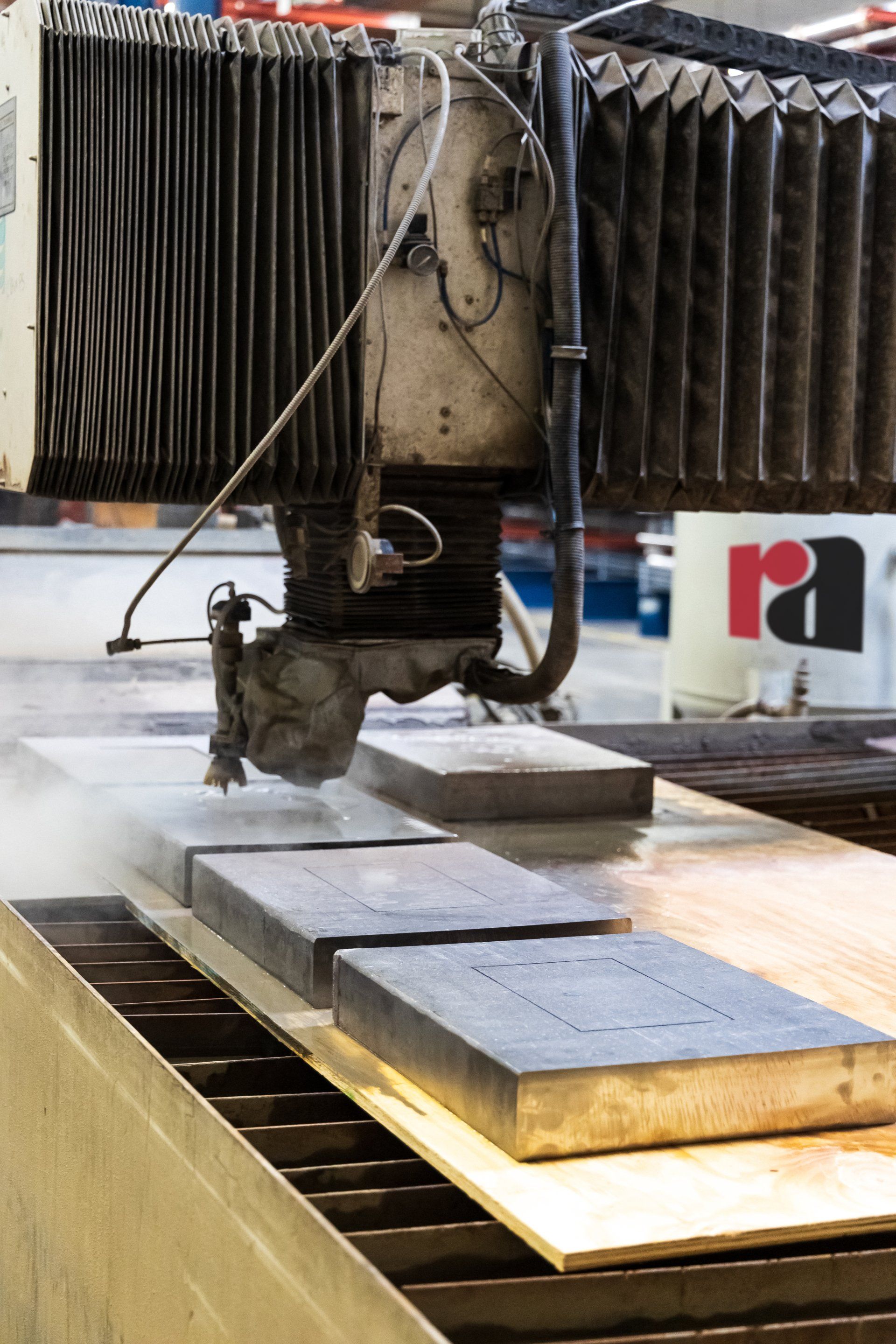
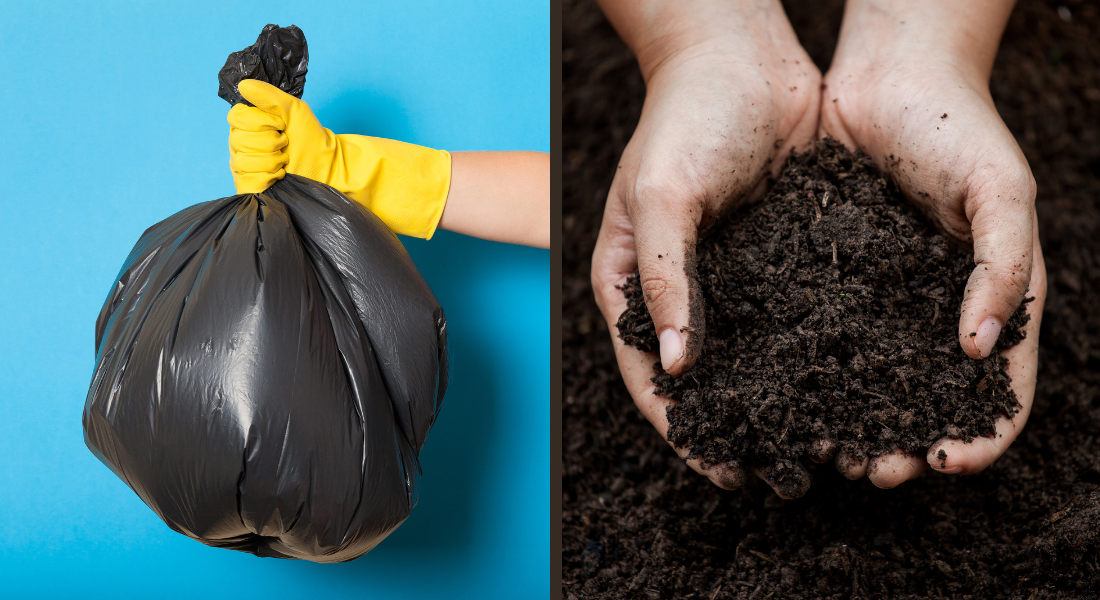
FIND OUT HOW YOU CAN SAVE OVER 30% ON YOUR WASTE COST
WHILE IMPROVING THE SERVICE LEVEL
We Will Provide A Free Waste Savings Audit.

